'Nanobarrel' concentrates light onto a single molecule
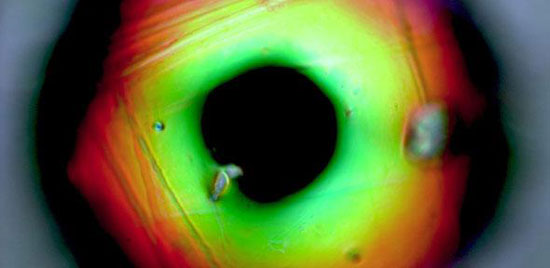 The development of a 'nanobarrel' that traps and concentrates light onto single molecules could be used as a low-cost and reliable diagnostic test.
The development of a 'nanobarrel' that traps and concentrates light onto single molecules could be used as a low-cost and reliable diagnostic test.
Jun 16th, 2014
Read more
 The development of a 'nanobarrel' that traps and concentrates light onto single molecules could be used as a low-cost and reliable diagnostic test.
The development of a 'nanobarrel' that traps and concentrates light onto single molecules could be used as a low-cost and reliable diagnostic test.
Jun 16th, 2014
Read more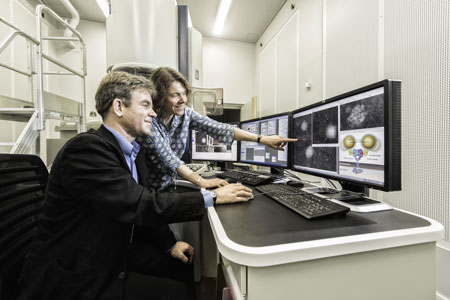 The methodology is applied to investigate a protein complex acting as a calcium channel in the cell membrane. The channel plays an important role in prostate cancer.
The methodology is applied to investigate a protein complex acting as a calcium channel in the cell membrane. The channel plays an important role in prostate cancer.
Jun 16th, 2014
Read more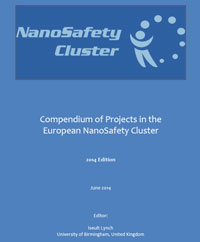 The EU NanoSafety Cluster has released the 2014 edition of its anual compendium that documents the status of important EU-funded projects on nanomaterial toxicity and exposure monitoring, integrated risk management, research infrastructure and coordination and support activities as well as regulatory-focussed research on nanosafety.
The EU NanoSafety Cluster has released the 2014 edition of its anual compendium that documents the status of important EU-funded projects on nanomaterial toxicity and exposure monitoring, integrated risk management, research infrastructure and coordination and support activities as well as regulatory-focussed research on nanosafety.
Jun 16th, 2014
Read more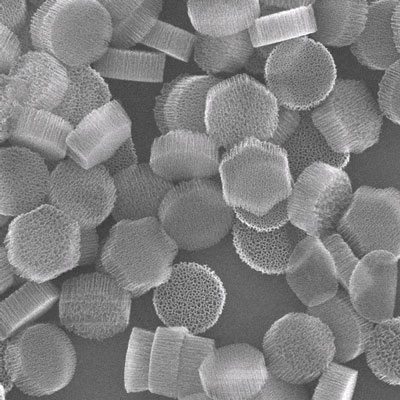 Submicrometer particles that contain even smaller particles of iron oxide could make magnetic resonance imaging a far more powerful tool to detect and fight disease.
Submicrometer particles that contain even smaller particles of iron oxide could make magnetic resonance imaging a far more powerful tool to detect and fight disease.
Jun 16th, 2014
Read more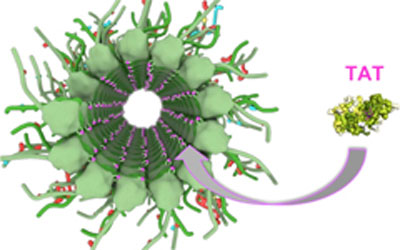 Study may advance understanding of how brain cell tubes are modified under normal and disease conditions.
Study may advance understanding of how brain cell tubes are modified under normal and disease conditions.
Jun 13th, 2014
Read more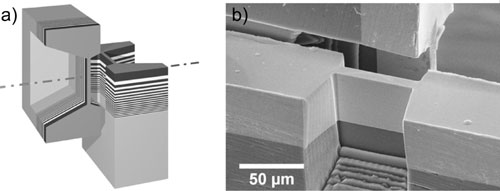 Progress in the field of nanotechnology can only be achieved, if analytical methods for the characterization of nanostructures continuously improve. Due to the structures' small size visible light cannot be utilized for nanoanalytical techniques. In point of fact, microscopic methods with electron waves or X-rays must be applied here, as the wavelengths, they work with, are small enough. Multilayer Laue lenses (MLL) offer a most promising approach to developing highest resolution X-ray optics.
Progress in the field of nanotechnology can only be achieved, if analytical methods for the characterization of nanostructures continuously improve. Due to the structures' small size visible light cannot be utilized for nanoanalytical techniques. In point of fact, microscopic methods with electron waves or X-rays must be applied here, as the wavelengths, they work with, are small enough. Multilayer Laue lenses (MLL) offer a most promising approach to developing highest resolution X-ray optics.
Jun 13th, 2014
Read moreWhat mode of action do nanomaterials ingested via food have in liver and intestine? Which factors determine their toxicity? Due to the large number of different nanomaterials, it is hardly possible to test every one for its toxic properties. For this reason, specific properties for the classification of nanomaterials are to be examined within the scope of the Franco-German research project SolNanoTox, which began on 1 March 2014.
Jun 13th, 2014
Read more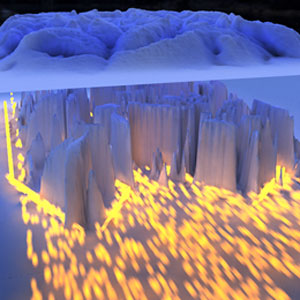 Using a newly developed imaging method, researchers show that thin-film organic semiconductors contain regions of structural disorder that could inhibit the transport of charge and limit the efficiency of organic electronic devices.
Using a newly developed imaging method, researchers show that thin-film organic semiconductors contain regions of structural disorder that could inhibit the transport of charge and limit the efficiency of organic electronic devices.
Jun 13th, 2014
Read more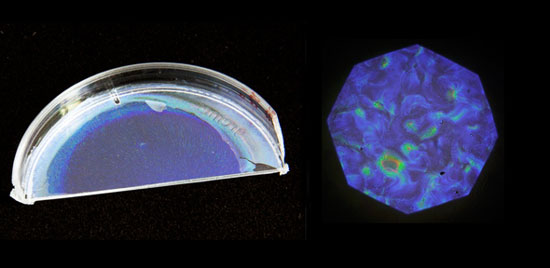 Brightly-colored, iridescent films, made from the same wood pulp that is used to make paper, could potentially substitute traditional toxic pigments in the textile and security industries. The films use the same principle as can be seen in some of the most vivid colors in nature, resulting in colors which do not fade, even after a century.
Brightly-colored, iridescent films, made from the same wood pulp that is used to make paper, could potentially substitute traditional toxic pigments in the textile and security industries. The films use the same principle as can be seen in some of the most vivid colors in nature, resulting in colors which do not fade, even after a century.
Jun 13th, 2014
Read moreNanotechnology, optics and photovoltaic energy are among the fields that can benefit from advances in knowledge on semiconductor nanowire systems. Researchers have succeeded to prove, for the first time, the accumulation of high electron mobility gases in multilayer nanowires from a technique called 'remote doping'.
Jun 13th, 2014
Read more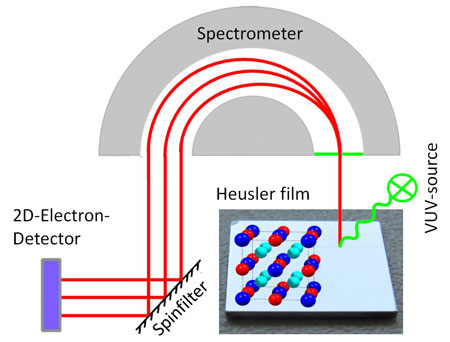 Basis for future development of very high performance spintronic components.
Basis for future development of very high performance spintronic components.
Jun 13th, 2014
Read moreElastic wire-shaped lithium ion batteries with high electrochemical performance.
Jun 13th, 2014
Read more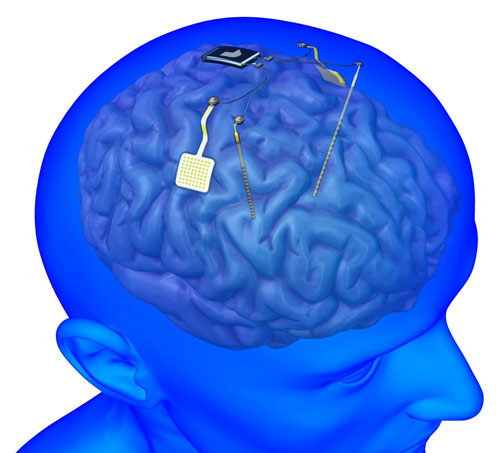 Lawrence Livermore National Laboratory recently received $5.6 million from the Department of Defense's Defense Advanced Research Projects Agency (DARPA) to develop an implantable neural interface with the ability to record and stimulate neurons within the brain for treating neuropsychiatric disorders.
Lawrence Livermore National Laboratory recently received $5.6 million from the Department of Defense's Defense Advanced Research Projects Agency (DARPA) to develop an implantable neural interface with the ability to record and stimulate neurons within the brain for treating neuropsychiatric disorders.
Jun 13th, 2014
Read more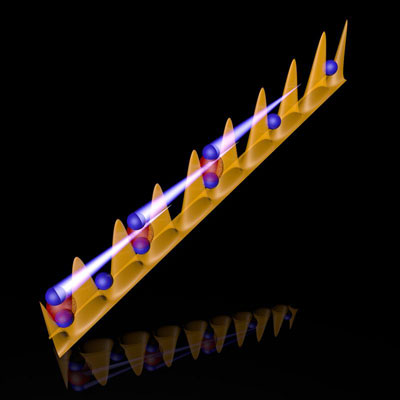 The quantum tunnel effect manifests itself in a multitude of well-known phenomena. Experimental physicists have now directly observed quantum particles transmitting through a whole series of up to five potential barriers under conditions where a single particle could not do the move.
The quantum tunnel effect manifests itself in a multitude of well-known phenomena. Experimental physicists have now directly observed quantum particles transmitting through a whole series of up to five potential barriers under conditions where a single particle could not do the move.
Jun 12th, 2014
Read more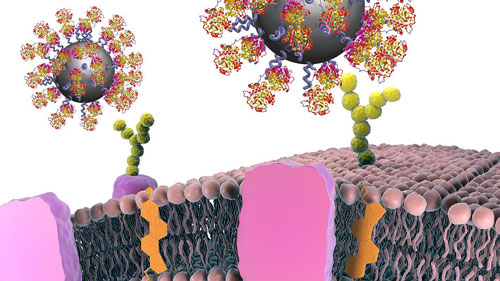 Researchers have developed nanoparticles that not only bypass the body's defence system, but also find their way to the diseased cells. This procedure uses fragments from a particular type of antibody that only occurs in camels and llamas.
Researchers have developed nanoparticles that not only bypass the body's defence system, but also find their way to the diseased cells. This procedure uses fragments from a particular type of antibody that only occurs in camels and llamas.
Jun 12th, 2014
Read more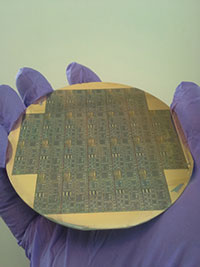 Work will improve processors, drivers, controllers and other circuits.
Work will improve processors, drivers, controllers and other circuits.
Jun 12th, 2014
Read more